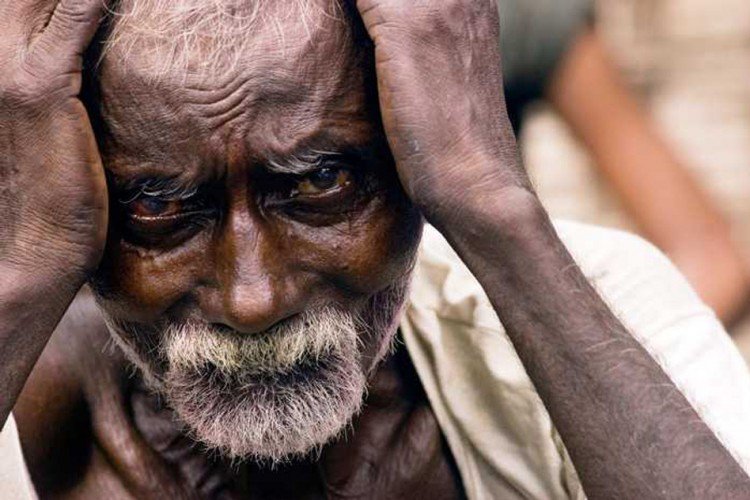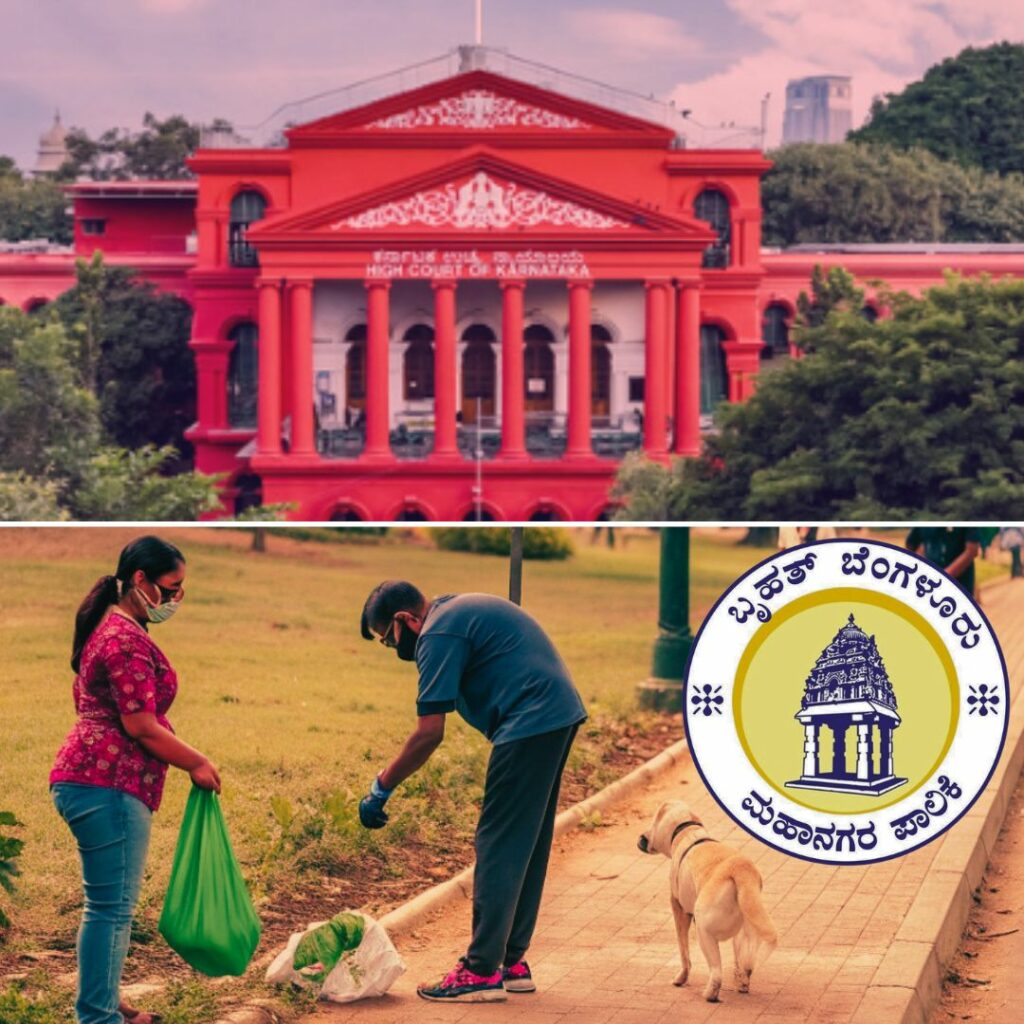Image Source: catchnews
Fed up of constant crop collapse, endless wait for the elusive rain, under duress by people who lent them money and incapable to take care of their family’s daily needs, farmers have been committing suicide in Maharashtra’s Marathwada and Vidharba region for years now. The widespread drought followed by freak rains and hailstorms have pushed many more over the edge. In many cases, the calamities have claimed two successive crops. The situation is so worse that every single village in the region has been declared drought hit.
State department figures for the region show that 50 farmers have already committed suicide in the first three weeks of the month of February. This takes the total suicides by farmers to 139 in the state for 2016. All of this is happening under the watch of the government which has repeatedly failed in preventing farmer suicides. Most suicides in the past few years have been reported from Osmanabad, Nanded and Beed districts. However what’s ironic is that in Osmanabad where government had launched the ‘zero suicide’ plan in last October has seen 20 suicides already. District Collector Prashant Narnaware accepted that their efforts were not yielding desired results. “I am sad that despite all our efforts the suicides continue. We believe this is a fallout of four years of drought”.
Why is there a drought situation in Marathwada?
Drought in Marathwada region has been for years attributed to climate change and vagaries of monsoon. Although late arrival and early withdrawal of monsoons is common, but due to climate change factors and the fact that the region lies in the rain shadow part of the Western Ghats, the process has been amplified in the region. Changing and erratic weather patterns like long bouts of rain followed by extensive gaps and freak hailstorms have been devastating for the crops. Man-made factors for drought conditions have been equally devastating. Non judicious and indiscriminate use of ground water in a water stressed region for decades effectively depleted ground water in Marathwada and Vidarbha regions. The government had been warned by Indian Meteorological Department about the looming water shortage but no step to improve irrigation infrastructure was undertaken by the state.
Farming economics?
Let’s look at some economics of agriculture. Maharashtra is famous for cotton and sugarcane cultivation. To produce a quintal of cotton minimum capital required is Rs 5200. But this year price of cotton per quintal is hovering at around 3600-3800. This means the farmer can’t even break even. Even if his crops come out with an average yield, which is not the case in Marathwada, the farmer stands to lose when it comes to making profit . Government’s bizarre policy of promoting cultivation of water guzzling Sugarcane crop has escalated the water crisis over the years. Sugarcane occupies 5 percent of state’s cultivated land but drinks up 60% of water available for irrigation. Such a crop should never be grown in drought prone regions.
State of water availability in Marathwada?
District officials of Osmanabad said they are struggling to provide drinking water to the district’s population let alone water for farming. Of the 636 villages, wells (nearly 3,500) in 125 villages have gone dry. Only 10 percent of districts 20,000 wells have some water left. More than 200 tankers are making daily trips to supply water to throughout the district. The situation has been made worse due to absence of any perennial river in the region and virtually no dam with water available nearby. The Terna dam had been constructed 10 years ago has never worked at full capacity due to lack of rainfall. It’s heartening to know that for the last 4 years Osmanabad has been supplied with drinking water every 8 days. In its ‘World Water Report 2015’ United Nation had contemplated that water crisis is not only a natural anomaly but also a one caused by faulty governance. In India, according to the report, the groundwater or tube well revolution has largely contributed to relieving poverty at first, but the increase in demand for irrigation has now caused severe groundwater stress in areas such as southern and eastern Maharashtra and Rajasthan. The total number of mechanized wells and tube wells rose from less than one million in 1960 to 19 million in 2000. With no way out and government apathy in motivated tackle of this very grave issue there seems to be no end to suicides by farmers.










